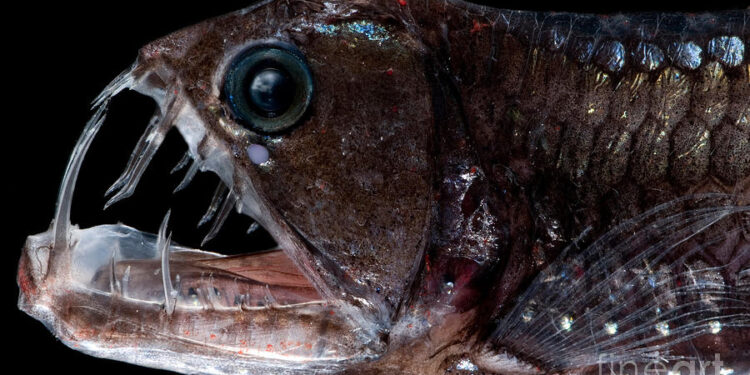Deep Sea species are known for producing extremely ominous, almost monstrous features. And as can be seen in the image above, Sloane’s viperfish specimen found during the expedition most definitely lives up to this reputation. These ravenous predators employ light-emitting photophores to attract prey to their deaths and have teeth that belong in an indie horror film.
Biologists discovered an exciting, living “green mist” on the Caribbean seafloor, at a depth of around 1,400 feet, on the National Oceanic and Atmospheric Administration’s (NOAA) six-month Journey to the Ridge 2022.

New Species Found In Deep Sea
A 100-year-old Greenland shark that is near the shore in Newlyn, Cornwall, as well as new evidence on sea creatures is among them. The new coral species was discovered in the Rockall Trench, some 240 miles off the west coast of Scotland.
A recently discovered species of jellyfish can be identified by its curled tentacles, gentle spikes, and extremely huge, translucent bell. Scientists have identified a new species of huge isopod that resembles a giant roly-poly rather than a roly-poly. These 14-legged, armoured monsters live in the deep sea and feed on dead animals like whales.
The largest marine story of the year is the effects of climate change on the world’s seas, but there are many more incredible saltwater exploits that deserve recognition. A seagrass was discovered to be the largest plant in the world, and 60 million icefish were discovered to be nested together off the coast of Antarctica. Researchers also observed the record impact of an underwater eruption and helped to solve the mystery of one of the most unusual animal migrations in the world.



